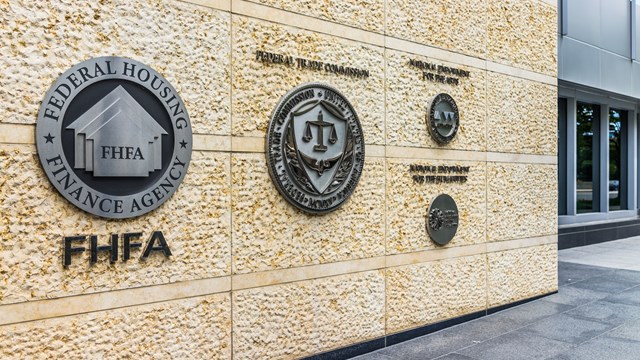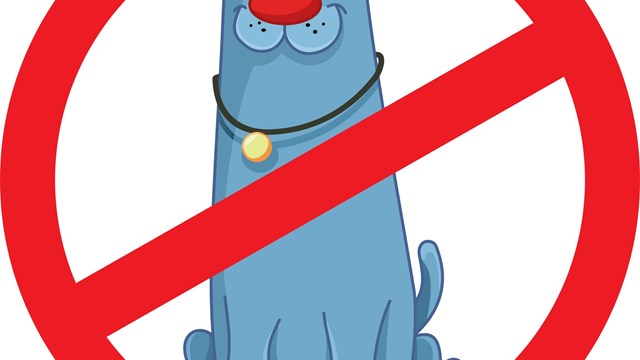If you’re looking for a parable for the indomitable spirit of America, the story of Red Bank fits the bill. This now thriving New Jersey borough has a rich—but not always rosy—past.
Before the Red Bank International Film Festival and the luxury condos, before the upscale retailers and the designer boutiques, Red Bank endured a fairly recent period of debilitating hardship.
“The ‘face’ of Red Bank now is of a hard working, upwardly mobile, diverse community that attracts young, old, culture-savvy, folks,” says Margaret Mass, executive director of the Red Bank Visitor’s Center.
And for those in love with Red Bank, that’s just the beginning.
What’s in a Name
Located right in the middle of New Jersey, nestled toward the heart of Monmouth County, Red Bank was named in 1736 for the red soil at the southern bank of the Navesink River. The river that makes up one of its borders has always contributed a great deal to the area’s personality. Though it was settled in the 17th century, no one really started living in Red Bank until the early 1800s. True to the area’s character, when people did start to show up, they showed up in a big way. By the middle of the 19th century, Red Bank was a thriving commercial center with a population in the thousands. Businesses tanned hides, wove textiles and manufactured goods for the teeming metropolis of Manhattan. Sailing vessels and steamboats brought people in and goods out, and the Raritan and Delaware Bay railroads in the 1860s contributed to even further development.
Immigrants from Jamaica and Italy added ethnic flavor to the area, bringing with them the food and cultural traditions of their homelands.
“We’re proud to be a ethnically-diverse community,” says Mass, who adds that different cultures influence the area in the form of restaurants, shops, and dialect. “Immigrants gravitated to Red Bank at the turn of the century; black, Italian and other groups made their homes here and today we continue to expand with Latino and Hispanic cultures.”
Red Alert
All the growth and prosperity in the happy melting pot of Red Bank went along relatively smoothly for the majority of the 20th century. Then came the recessions of the early 1980s, and with them came serious trouble for Red Bank.
“There was a 40 percent vacancy in the business district.” Empty storefronts, an unkempt riverfront, neglected community resources and a virtually non-existent stream of new residents was the sad state of Red Bank throughout the decade. Crime rose, people left, real-estate dropped and school districts suffered. A popular nickname for the neighborhood was “Dead Bank,” and an air of hopelessness hung over the shrinking population.
Renewing Red Bank
Then, in the early ‘90s, Red Bank resident and Councilman Kerry Zukus had had enough. He believed in his community and wanted to see it thrive again. He was one of several like-minded individuals who contributed to the founding of the Red Bank RiverCenter—by doing so—these residents set in motion a major Red Bank facelift. Zukus’ plan was to establish by state law a “Special Improvement District” that would allow the local municipality to create a specific downtown district and assess a special fee to commercial property owners within it based on the value of their property. Some balked; others bought in.
Also, says Mass, the town elected a new mayor, Edward J. McKenna, who recognized that he needed to engage the business community to stop the flight out of town.
Flower planting programs, a jazz concert series, Easter egg hunts, sidewalk sales and building renovations were all results of the RiverCenter’s focus; by 1994, vacancy rates were already declining. Within the next year, investors and property owners would spend $40 million in nearly 30 different building renovations. People started moving in—not out. The current chief executive is Mayor Pasquale Menna, Esq., who heads a six member town council.
But the consensus was in. It was official: Red Bank was back.
Red Bank 2.0
“Red Bank is one of those towns where, no matter where you live, you’re always within walking distance of the downtown area,” says Jack Pivnick of Red Bank-based Pivnick Realty Group. Pivnick lived in Red Bank himself for over 10 years and says that the culture of Red Bank not only pleases the locals, it draws people from surrounding areas, too.
“People from places like Little Silver and Fair Haven find a uniqueness here,” Pivnick says. “It’s got this great small town feel, and it’s very proactive from a cultural standpoint. It’s a center for music and entertainment—especially with the Count Basie Theater—and events like the Jazz Festival and the Fourth of July fireworks are incredibly popular. There’s something for everybody.”
The RiverCenter is still a driving force behind much of the revival, says Mass. “The RiverCenter is now in expansion mode as the boundaries of the [Special Improvement District] now include all professional and commercial properties beyond the original district to include the arts and antiques center, The Galleria, The Molly Pitcher Inn and The Oyster Point Hotel areas. This expansion will help re-invent these areas with expanded programming, special visual improvements and help with obtaining funding for special events.”
Constructing Red Bank
That once-dire vacancy rate is pretty much non-existent these days—Tiffany’s announced this year that they’ll be adding a Red Bank location. The Two River Theater won a “Best New Construction” award from Downtown New Jersey in 2006, and the area’s timeline (post 1991) is ripe with new building constructions, renovations and more than a little housing development heavy on co-ops and condos.
“We still need more housing,” says Pivnick. “There are more customers now, but none of the buildings recently built are terribly large. There are several twenty-unit buildings with retail fronts, like the Kislin’s Building on Front Street, for example.” One bedroom rentals in the Kislin Building go for about $1,500 a month, according to online listings. “And there’s a new building on Mechanic Street with three floors of condos and retail on the ground floor,” Pivnick adds. Some units originally listed in the $600,000-$700,000 range but with todays market prices may have dropped.
With all the new construction, parking can sometimes be a problem in Red Bank. “Many of the new buildings are providing for parking needs with underground parking,” says Pivnick.
According to Coldwell Banker’s online listings, condominiums in Red Bank these days are running from a low of about $200,000 to upwards of $1.3 million. There are numerous single-family homes on the market, some of which are available from around $500,000 and under as well. A person looking for a co-op in the area will find them in the $130,000-$180,000 range. And if you’re looking to rent, there’s not much available that will come in for less than $1,200.
The prices reflect the vibrant lifestyle awaiting Red Bank residents. More and more, Red Bank is being seen as an “artsy” area with some reports that the nightlife rivals that of New York’s Soho or Greenwich Village. Pop culture references please the locals, too; filmmaker and actor Kevin Smith of Chasing Amy, Dogma and Jay and Silent Bobfame hails from Red Bank and often films in town.
The imminently-walkable downtown increasingly draws more high-end retailers, which inevitably draws high-end shoppers, too. But don’t worry—Red Bank isn’t turning into some personality-free shopping mall.
“Red Bank has that old town feeling while providing an upscale lifestyle,” says Pivnick. “The shops are largely owned and operated by individuals who are there in their stores. You go to a mall, you’re not going to be talking to an owner. There’s a different connection here.”
That person-to-person connection is going strong today in Red Bank and doesn’t show signs of stopping. After all, the people there have come through hard times together, making the bond that much stronger.
“Red Bank had amazing potential and has achieved many goals,” says Mass. “It’s a highly desirable place to live, work and play.”
Mary K. Fons is a freelance writer and a frequent contributor toThe New Jersey Cooperator.







Leave a Comment